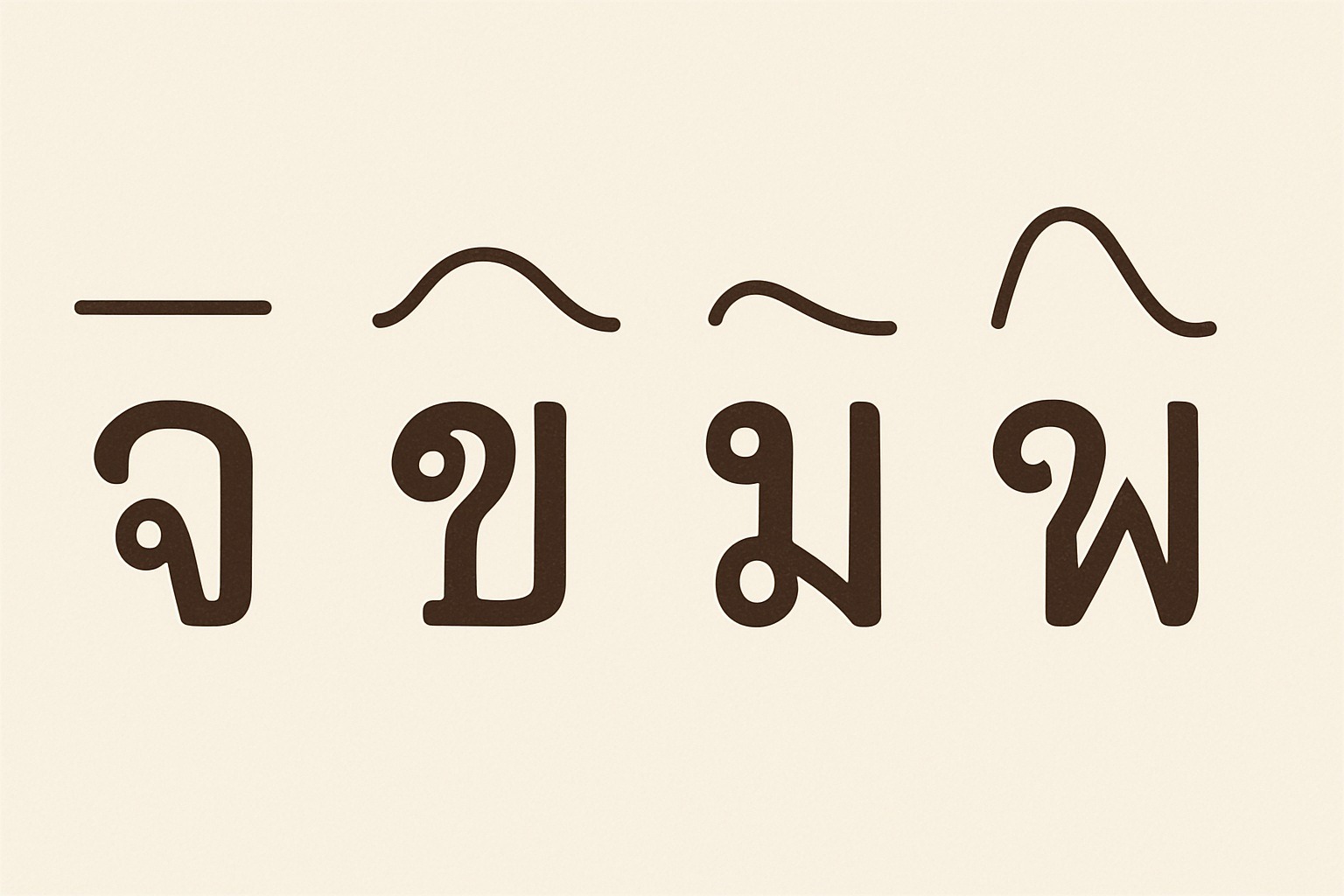The Thai language is the official language of Thailand and is a tonal and analytic language spoken by approximately 70 million people. Belonging to the Tai-Kadai language family, Thai is especially widely used in the central and northern regions of Thailand. Its alphabet is based on a writing system derived from Indian-Brahmi origins and includes 44 consonants, 32 vowels, and five different tones. These tones directly affect the meaning of words; the same syllable can have completely different meanings depending on the tone used. In this respect, Thai is among the languages that require sensitivity to tonal variation.
Thai has a structure that places great importance on politeness and hierarchy in social relationships. Within the language, there are different words and particles depending on gender, age, and social status. For example, men usually add “ครับ” (khrap) at the end of a sentence, while women use “ค่ะ” (kha) to express respect. Although everyday spoken Thai is simpler and more straightforward than formal Thai, both forms are widely used in society. Thai is not only a reflection of Thai culture but also a means of communication that deeply conveys the social structure, traditions, and values within that culture.
What are the basic question words in Thai?
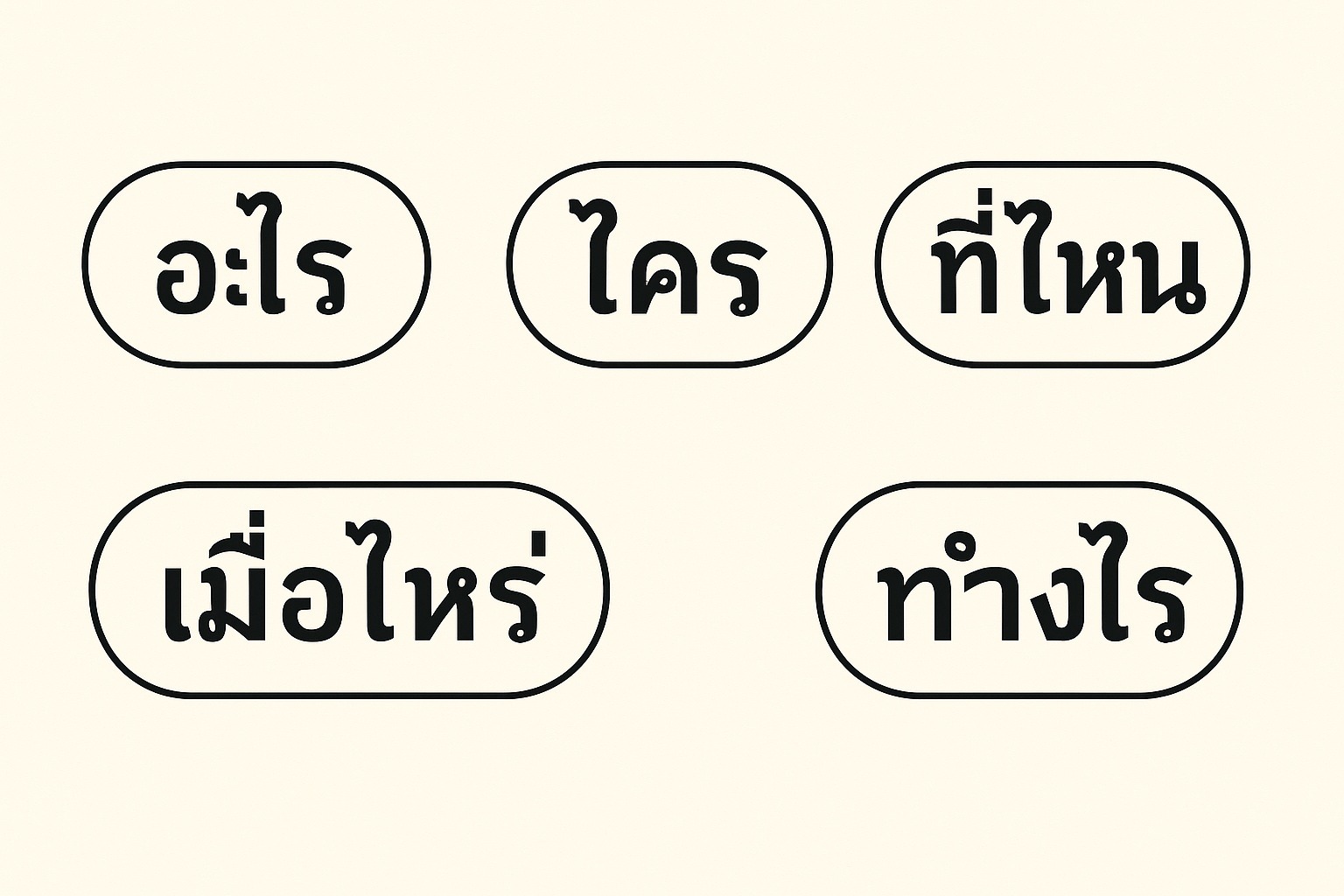
In Thai, basic question words form essential building blocks of everyday conversations and are used to inquire about a situation, person, or time. Among the most common question words are “อะไร” (à-rai) – “what?”, “ใคร” (khrai) – “who?”, “ที่ไหน” (thîi-nǎi) – “where?”, “เมื่อไหร่” (mûea-rài) – “when?”, and “ทำไม” (tham-mai) – “why?”. These words usually appear at the end or in the middle of a sentence and give the sentence an interrogative meaning. In Thai, questions are often clarified by intonation and context; therefore, pronouncing the word with the correct tone is quite important.
In addition, explanatory questions such as “อย่างไร” (yàang-rai) – “how?” are also frequently used in Thai. To form yes-no questions, the particle “ไหม” (mái) is added at the end of the sentence. For example, “คุณสบายดีไหม” (khun sabai di mái) – “Are you well?” In Thai, asking questions is not only a means of gaining information but also a way of communicating politely. Therefore, question words play an important role not just grammatically but also culturally.
How are sentences turned into questions in Thai?

The most common way to turn sentences into questions in Thai is by adding the particle “ไหม” (mái) at the end of the sentence. This structure is used particularly to form yes-no questions. For example, “คุณหิวไหม” (khun hǐw mái) means “Are you hungry?” This particle is directly related to the verb or adjective in the sentence and gains meaning depending on the tone of speech. Also, when forming question structures in Thai, the word order generally does not change, which makes it easier for learners of the language.
To form open-ended questions, Thai uses specific question words. For example, words such as “อะไร” (à-rai) – “what?”, “ใคร” (khrai) – “who?”, and “ที่ไหน” (thîi-nǎi) – “where?” are placed in the part of the sentence where information is being requested. In these types of questions, the “ไหม” particle is not needed because the question word already provides the interrogative meaning. For example, “คุณชื่ออะไร” (khun chʉ̂ʉ à-rai) means “What is your name?” Question structures in Thai are simple, but they require careful attention to tone.
How is greeting done in Thai?

Greeting in Thai is an important cultural element expressed through both language and body language. The most common greeting word is “สวัสดี” (sawasdee), which is used to mean both “hello” and “goodbye.” This word is appropriate in any situation regardless of the time of day. Depending on the politeness of the conversation, men add “ครับ” (khrap) and women add “ค่ะ” (kha) at the end of the phrase to show respect. For example, a man would say “สวัสดีครับ” (sawasdee khrap), and a woman would say “สวัสดีค่ะ” (sawasdee kha) when greeting.
In addition, the traditional greeting gesture in Thai culture called the “wai” holds great importance. The “wai” greeting is performed by pressing the palms together at chest or face level and slightly bowing the head. The level of the hands can vary depending on the age, social status, or position of the person being greeted. When this body language is combined with the verbal greeting in Thai, it conveys respect and politeness to the other person. This form of greeting is commonly used not only in daily life but also in formal and religious settings in Thai society.
What are the most commonly used words in Thai?
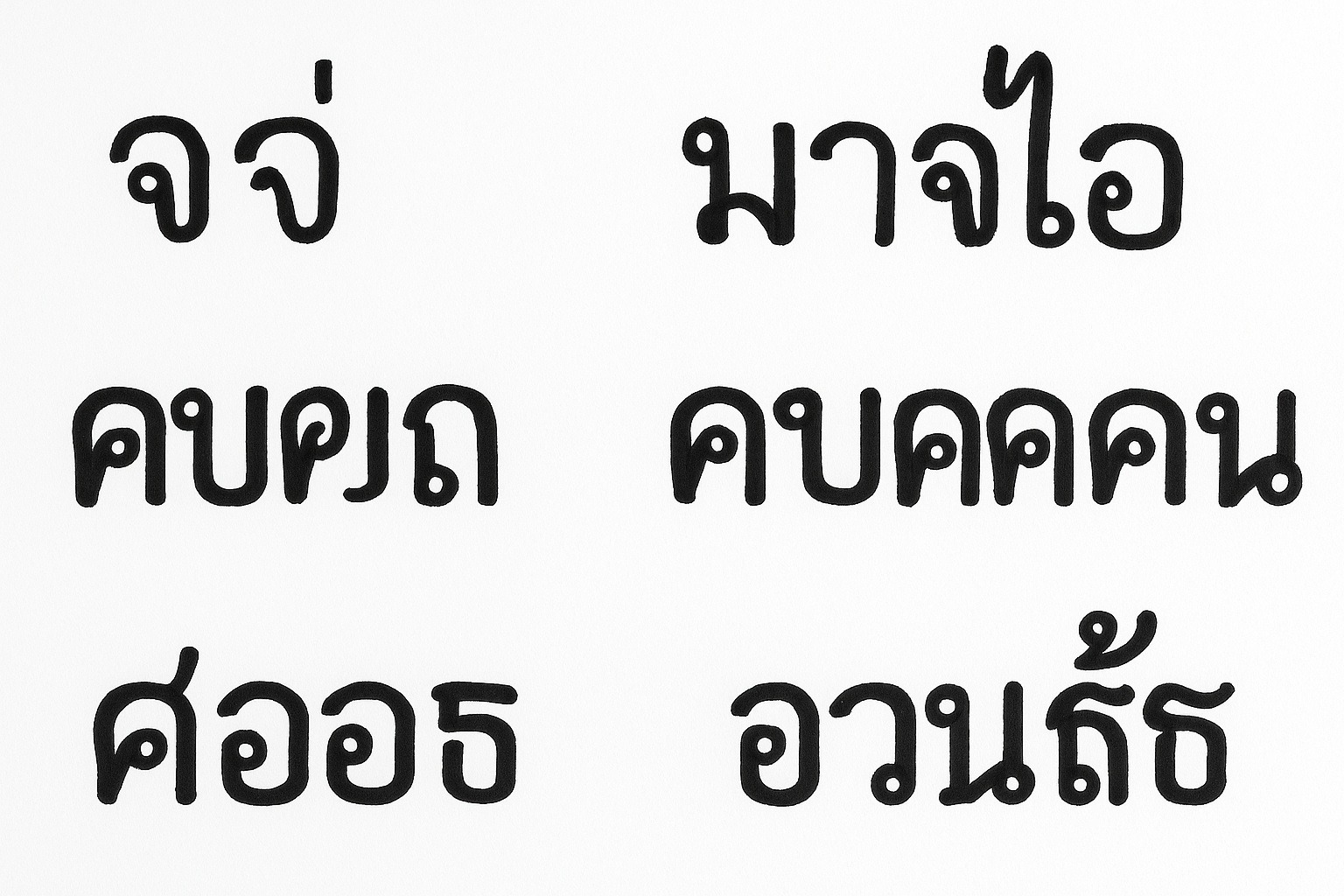
In Thai, the most commonly used words in daily life are expressions that enable basic communication and appear in almost every conversation. At the top of the list are “ใช่” (châi) – “yes” and “ไม่” (mâi) – “no.” These two words are frequently used to give affirmative or negative answers. In addition, expressions such as “ได้” (dâi) – “can / possible” and “ไม่ได้” (mâi dâi) – “cannot / not possible” are also common. In the Thai language, these types of short and meaningful words are quite important for practical and quick communication.
Polite expressions are also widely used in Thai. For example, “ขอบคุณ” (khàawp khun) – “thank you” and “ขอโทษ” (khǎaw thôot) – “sorry” are phrases commonly used in both casual and formal conversations. When people ask how someone is doing, they usually say “สบายดีไหม” (sabai di mái) – “Are you well?” and the response is “สบายดี” (sabai dii) – “I’m well.” These basic words and expressions are the key to effective and polite communication with Thai speakers.
How are pronouns used in Thai?
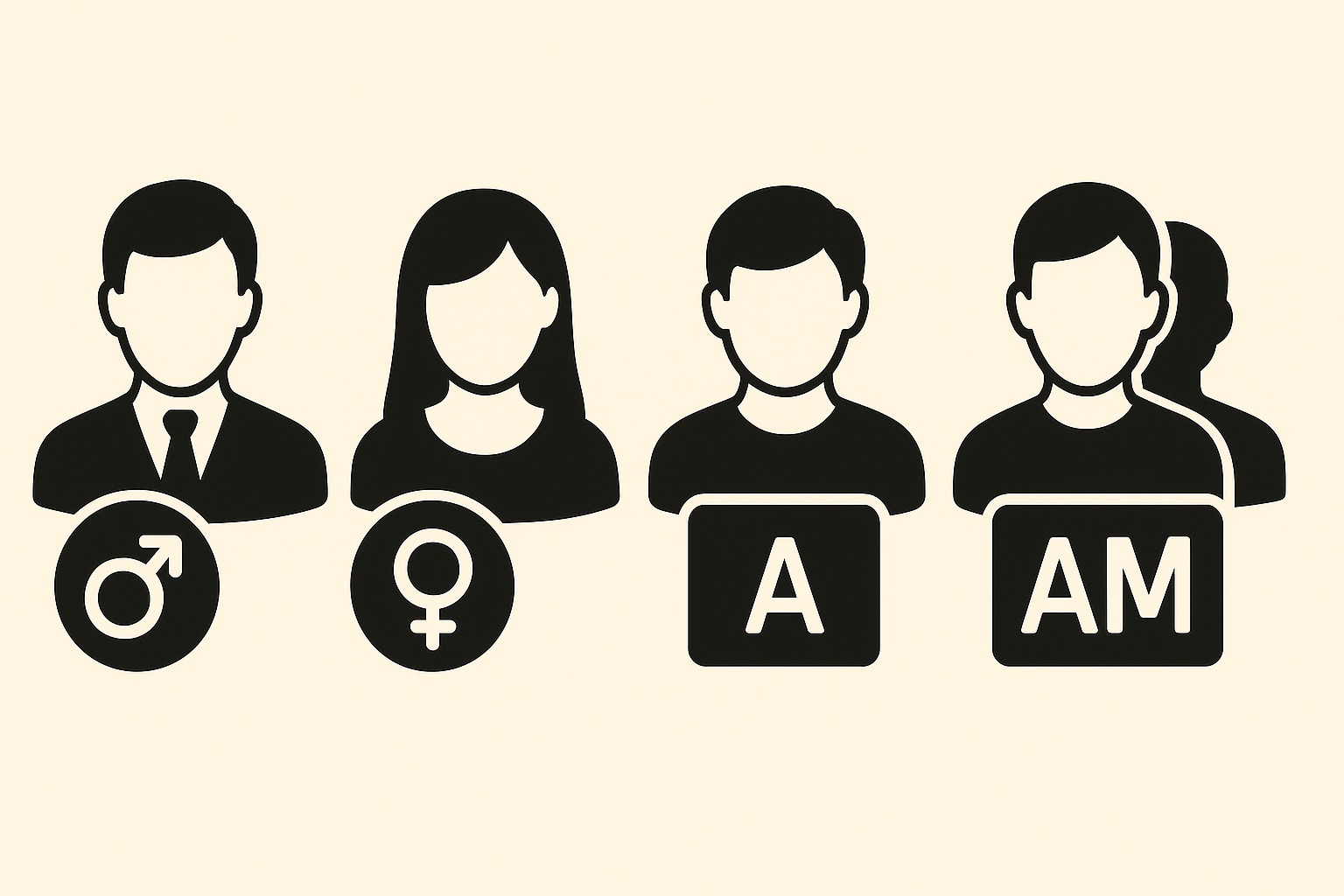
In Thai, pronouns vary depending on the speaker’s gender, age, and social status. For example, for the pronoun “I,” men usually use “ผม” (phǒm), while women use “ฉัน” (chǎn). In formal and respectful language, men may also refer to themselves as “กระผม” (grà-phǒm) and women as “ดิฉัน” (dì-chǎn). Pronouns in Thai are important not only for subject function but also for expressing levels of politeness. Therefore, the choice of pronoun is carefully made according to the context of the conversation.
Among the pronouns meaning “you,” the most common is “คุณ” (khun), which is both formal and polite. In more intimate relationships, pronouns like “เธอ” (thəə) or “มึง” (mueng) may be used, though their appropriateness depends on the level of familiarity and can be considered rude if used incorrectly. Third-person pronouns are generally “เขา” (khǎo) – “he/she” and “พวกเขา” (phûak khǎo) – “they.” Pronouns are not always used in Thai; if the context is clear, they are often omitted, which makes the language more flexible.
How are verb tenses expressed in Thai?

How are numbers spoken in Thai?

In Thai, numbers are basic words frequently used in all areas of daily life, and each has its own unique pronunciation. The numbers from 1 to 10 are: 1 – หนึ่ง (nùeng), 2 – สอง (sǎawng), 3 – สาม (sǎam), 4 – สี่ (sìi), 5 – ห้า (hâa), 6 – หก (hòk), 7 – เจ็ด (jèt), 8 – แปด (bpàet), 9 – เก้า (gâo), 10 – สิบ (sìp). Numbers that follow are formed using the decimal system. For example, 11 is “สิบเอ็ด” (sìp èt), 21 is “ยี่สิบเอ็ด” (yîi sìp èt). The term “ยี่” (yîi) is used specifically to mean “two” in numbers in the twenties.
For larger numbers such as hundreds and thousands, words like “ร้อย” (rɔ́ɔi) – hundred, “พัน” (phan) – thousand, “หมื่น” (mʉ̀ʉn) – ten thousand, and “แสน” (sǎen) – hundred thousand are used. For example, “หนึ่งร้อย” (nùeng rɔ́ɔi) means 100, and “สองพัน” (sǎawng phan) means 2,000. Proper pronunciation of numbers in Thai is especially important in situations like shopping, giving directions, phone numbers, or telling time. Since Thai is a tonal language, using the correct tones when saying numbers helps prevent confusion.
How do you say “Thank you” in Thai?
The most common expression used to say “Thank you” in Thai is “ขอบคุณ” (khàawp khun). This phrase is appropriate for both formal and informal situations. Since politeness holds an important place in Thai culture, this expression is frequently used in daily communication. However, it is customary in Thai to add a polite particle at the end of the sentence; therefore, men say “ขอบคุณครับ” (khàawp khun khráp), and women say “ขอบคุณค่ะ” (khàawp khun khâ). These particles indicate both politeness and the speaker’s gender.
In Thai, the expression “ขอบคุณ” not only conveys thanks but also shows respect and appreciation. For someone who wants to build good relationships with the local people, using this phrase with correct pronunciation and in the appropriate context is very important. For Thai learners, such basic expressions help them use the language more naturally and effectively. Additionally, in many everyday situations—from shopping to restaurants—using this expression leaves a positive impression in Thai society.
How do you say “How are you?” in Thai?
